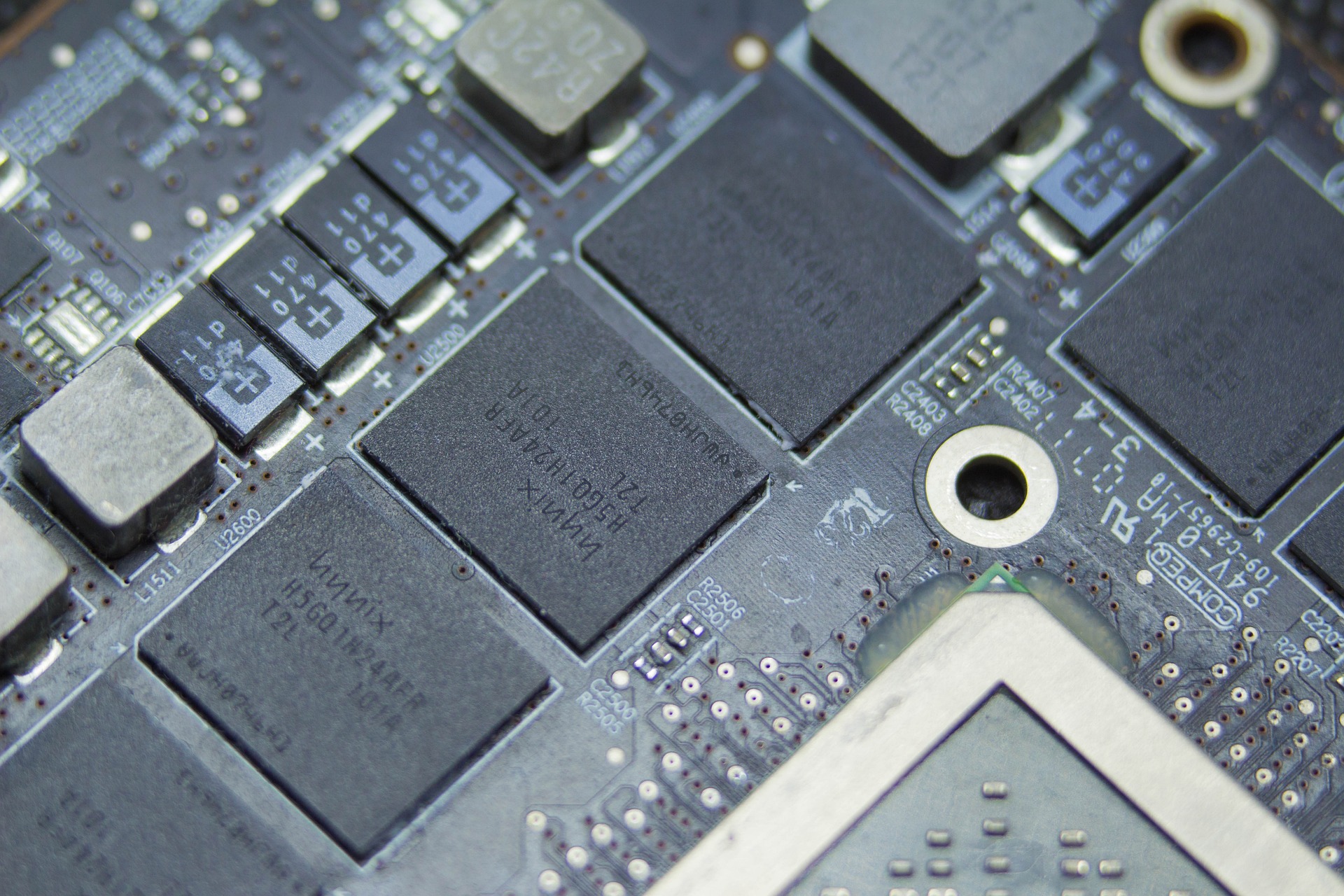Light-Powered Processors: A Leap Forward in Computing
With the ever-growing demand for faster and more efficient computing, researchers worldwide continue to innovate and push the boundaries of what's possible. One such frontier is light-powered processors—a concept that, though still in its early stages, promises to revolutionize the way we think about computers.

A New Dawn for Computing
In a world where speed is king, traditional silicon-based processors, despite their advancements, are reaching their physical limits. Enter light-powered processors—or photonic processors, as they are commonly known. These innovative devices use photons—particles of light—instead of electrons to transmit data, promising speeds up to 20 times faster than the fastest microprocessors available today.
The Evolution of Photonic Processors
The idea of using light in computing is not new. The concept dates back to the 1960s, when researchers first proposed optical computing. However, the technology required to make this a reality has only recently begun to catch up with the idea.
Early attempts at optical computing were hampered by the lack of suitable materials and the difficulty of integrating optical components with existing electronic systems. But recent breakthroughs in nanotechnology and materials science have paved the way for a new generation of photonic processors.
Current Progress and Challenges
Today, several companies and research institutions are actively developing photonic processors. MIT, for example, announced in 2015 that they had developed a photonic processor that could run at speeds up to 50 to 100 times faster than current processors.
However, the field still faces significant challenges. One of the main issues is the difficulty of integrating photonic components with existing electronic systems. Additionally, photonic processors require a light source, which often needs to be externally supplied, making the systems bulkier and less practical.
Market Impact and Future Prospects
Despite these challenges, the potential benefits of photonic processors are immense. By offering speeds far beyond what’s possible with current technology, they could revolutionize fields ranging from high-performance computing to telecommunications.
While it’s hard to estimate the exact cost of these processors at this early stage, they are likely to be expensive initially. However, as with any new technology, the price should decrease over time as manufacturing processes improve and the technology becomes more widely adopted.
The Road Ahead
Though still in the early stages of development, light-powered processors represent a promising direction for the future of computing. As researchers continue to overcome the technical challenges involved, we could soon see a new era of ultra-fast, energy-efficient computers.
With the potential to reshape industries and drive technological innovation forward, the dawn of light-powered processors could well be the next significant leap in computing. And as we stand on the cusp of this exciting new frontier, it’s clear that the future of computing is brighter than ever.




